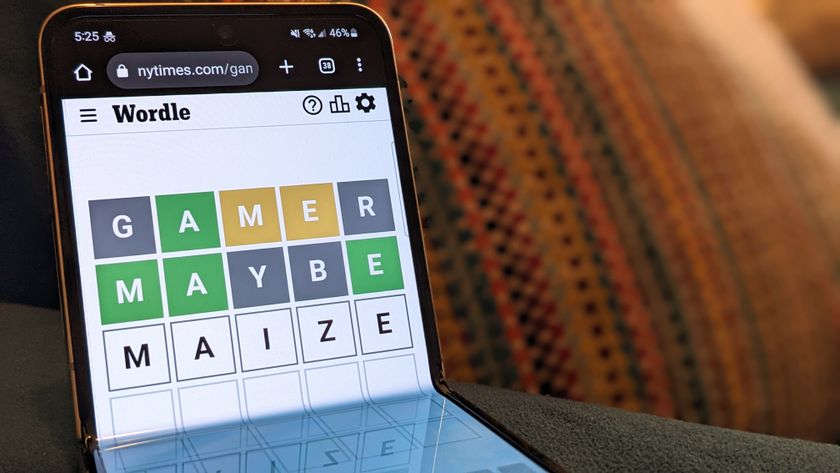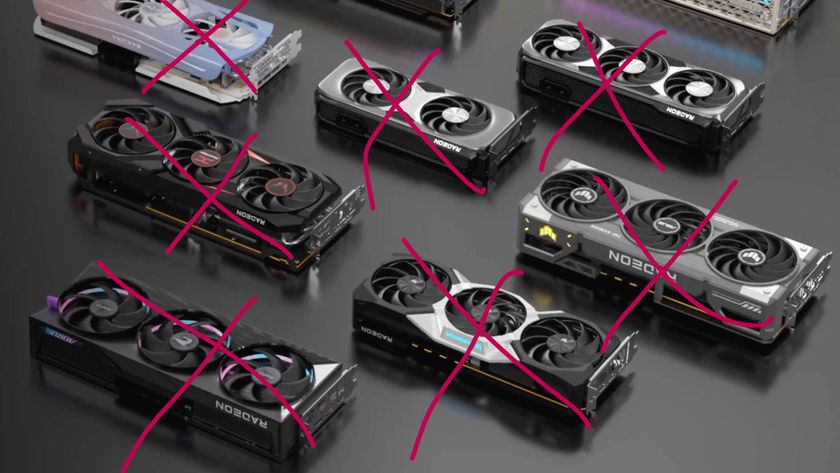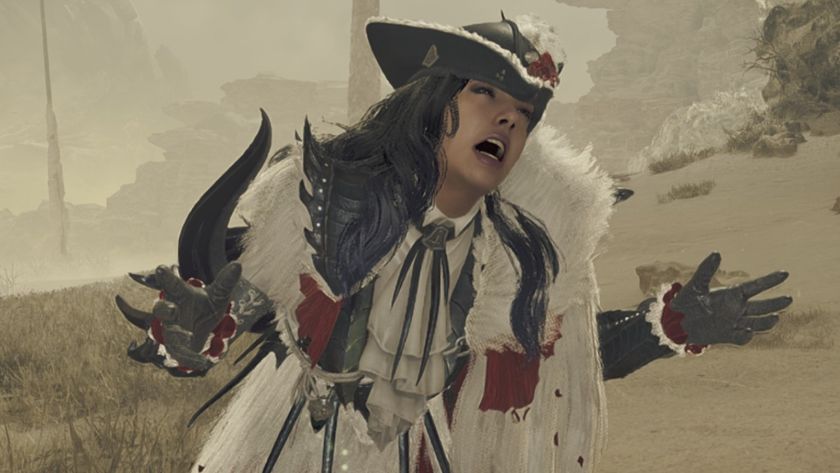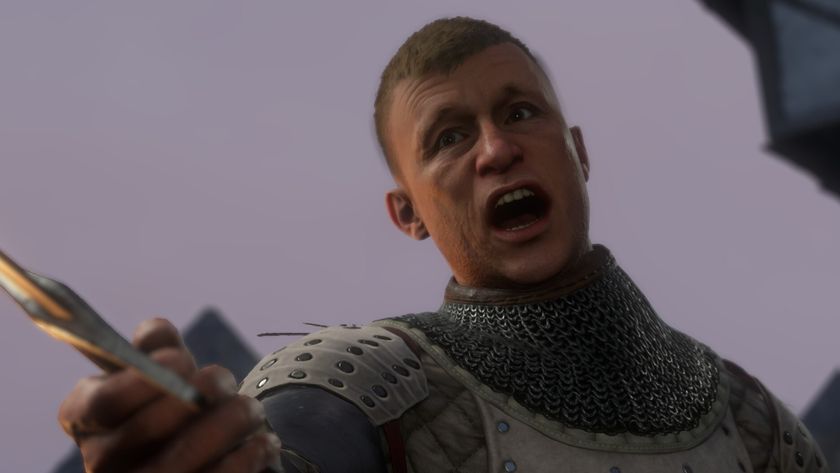How Larian Studios skirted bankruptcy before making Divinity: Original Sin
Larian took a long road to success.
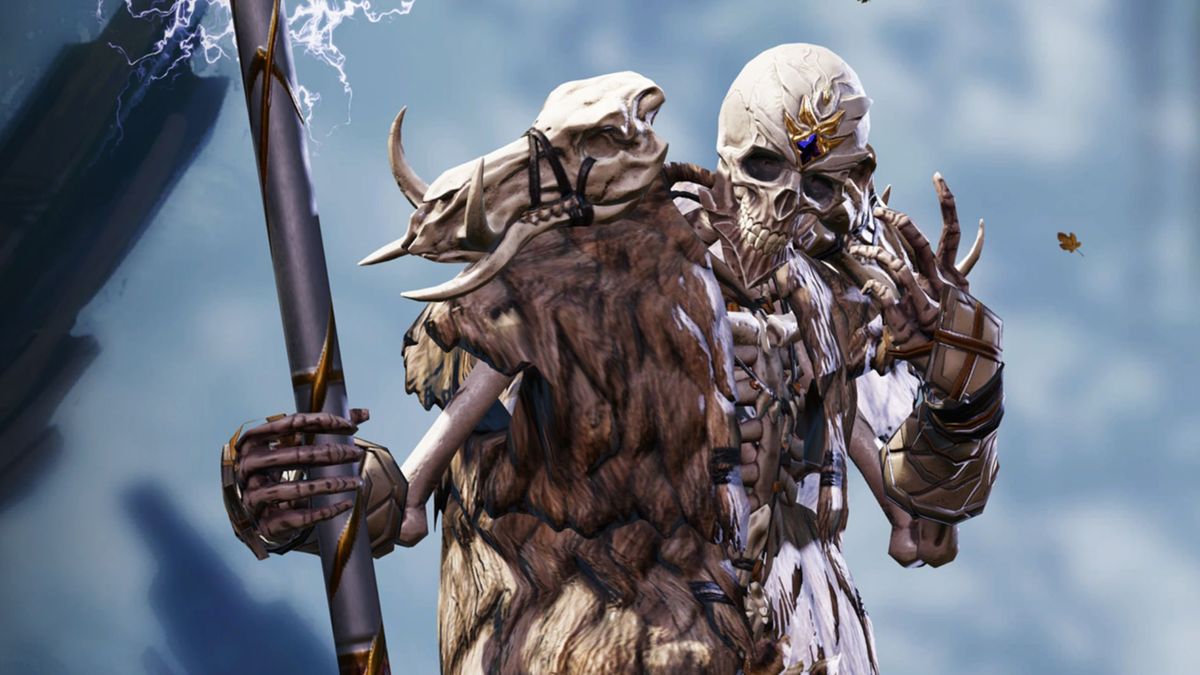
This article was originally published in PC Gamer issue 316.
Larian Studios is, for now, the Divinity: Original Sin studio. Its last two games, both Kickstarted and publisher-free, are the biggest successes the studio has ever seen. The Belgian developer didn't go from obscurity to success, however, and it has been designing notable RPGs and strategy games, within and without the Divinity universe, for over two decades.
Founder Swen Vincke picks 1997 as the year when Larian started, and an RTS called LED Wars as the studio’s first game, though there had been some experiments and projects before that. Indeed, one of them, The Lady, the Mage and the Knight, had many of the hallmarks of today' Original Sin series, 20 years before it made its debut.
"It was an RPG where you controlled three characters and could play in multiplayer," Vincke explains. “"It had all of the values of Ultima VII, which you can recognise today in Original Sin. But we were having a hard time signing it with a publisher, so we decided to make an RTS because everyone was making them and everyone was looking for them. It seemed to be an easy way to make some money."
The RPG did get some interest from Atari, though, but soon after expressing that interest, it stepped away from PC games, leaving Larian without a publisher or any money. "It's a running theme in our history," jokes Vincke.

Double the bits
During the day, Vincke and some of his friends worked on The Lady, the Mage and the Knight, and during the evening they worked on LED Wars. It paid off, and in March of 1997 Larian convinced an American publisher, Ionos, to sign LED Wars. In that same week, they also signed their RPG to Attic Entertainment, publisher of the Realms of Arkania games. Unlike LED Wars, however, The Lady, the Mage and the Knight never launched.
While Larian was working on The Lady, the Mage and the Knight, Attic Entertainment took notice of Blizzard's Diablo II, which had been doing the rounds at trade shows. The publisher was panicking because Diablo II was a 16-bit game, while Larian’s RPG was 8-bit. That needed to change, Vincke was told.
The biggest gaming news, reviews and hardware deals
Keep up to date with the most important stories and the best deals, as picked by the PC Gamer team.
"We had to throw out everything we had because it was all 8-bit," Vincke remembers. "They said it wouldn't be a problem and lent us their artists. Then they came back and told us that we were going to need to make it bigger because it was going to be part of the Realms of Arkania series. They said we'd get a licence and we'd have to convert our story into one that worked for The Dark Eye. So I said, 'Sure.'"
It turned out that Attic didn't have the money to fund the increasingly ambitious game they'd requested. In 1999, Larian was left in dire straits, penniless again.
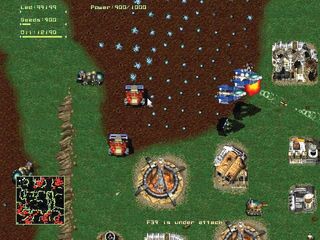
Vincke found himself responsible for a team of 30 people, including some of the publisher's employees who had been sent over but who were no longer being paid or being sent back. He ended the contract. That year Larian must have made 20 work-for-hire games, Vincke guesses. These were small things like casino games, and he was just trying to keep the lights on. "It was that or bankruptcy," he says.
Larian got through it, though, and from the ashes of The Lady, the Mage and the Knight came the first Divinity. At the end of 1999, it was sold to CDV Software, a publisher that had just released the World War 2 RTS Sudden Strike.
"Because Sudden Strike was such a success, the CEO of CDV Software decided that every other game needed to be an alliteration," Vincke recalls. "That was how it ended up becoming Divine Divinity instead of Divinity. Originally it was going to be called Divinity: The Sword of Lies, which, granted, isn’t the best title in the world either, but it was better than Divine Divinity. It won awards for having such a bad title. We talk about Divinity ‘one’; we never call it Divine Divinity."
Squashing bugs
Over the next couple of years, Larian laboured on Divinity. The multiplayer component that had been so important to The Lady, the Mage and the Knight was dropped because it was seen as too big a risk by the publisher. It was the largest project Larian had ever undertaken, so there was a lot of on-the-job learning. It launched in August, 2002.
"It was a classic Larian problem: the game wasn't ready when it was released," Vincke admits. "We didn't even know that the publisher was releasing it. I discovered that Divinity was being released when I was doing a press tour for it in the US. We were horribly late with it, at least by a year, but we still needed some time to polish it. So it shipped with 7,000 known bugs, and the initial reviews obviously focused on them. But as we started tweaking it, people started seeing that it was a good game."
Divinity reviewed well, and it sold well, and Larian got nothing. "We were so excited about signing back in 1999 that we didn't really pay attention to the fact that we should earn money when a game is sold, so we didn't earn anything from Divinity. It was a standard contract back in the day, but if you didn't sell millions of your game under the royalties model it was very hard to earn any money out of it." Larian had just released a critically and commercially successful game and they were broke. Again. The studio went from 30 people to three by 2003, five months after Divinity launched. It was a dark time, Vincke confesses, and one that pushed him to take a fortnight break in South Africa, where his father lived.
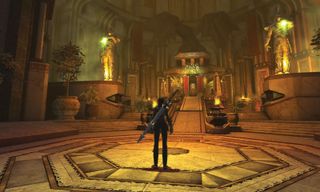
"I sat on the ranch and just stared for two weeks, trying to figure out what to do. When I came back, I convinced the bank to give me a little bit of money, and I convinced a Belgian broadcaster to give me some more. It was to make what they thought was going to be a website, but it turned into a big 3D game in which children were able to make creations. It was like an American Idol for kids, and it was called KetnetKick. Kids could make animations, movies and cartoons in this 3D world and send it to the broadcaster. The broadcaster would then use it in a TV show and would say which kid made it, and the kid would become famous in the 3D world."
The additional funding allowed Larian to make a follow-up to Divinity, called Beyond Divinity, and release KetnetKick in 2004. The team grew to about 25 people, and Larian's head was above water again, albeit only for as long as it could keep doing work-for-hire projects. By 2007, however, it finally had enough money in the bank to make a proper Divinity sequel, eventually called Divinity II: Ego Draconis.
The team grew to about 25 people, and Larian’s head was above water again, albeit only for as long as it could keep doing work-for-hire projects.
Larian licensed The Elder Scrolls IV: Oblivion's Gamebryo engine. Once a prototype was up and running, Divinity II was shown off and DTP Entertainment came on board as a co-publisher, along with CDV. Even with that deal, Larian kept doing work-for-hire. That's where most of the money was coming from. And it was winning the studio awards for children's games and educational titles. It wasn’t what Vincke or his team wanted to do, though.
"We ended up with a sufficient budget to make what we hoped was going to be a triple-A action-RPG where you could turn into a dragon and do all kinds of great stuff. It was also going to come out on Xbox 360 as well as PC. Our ambitions were high, but our resources were limited. We tried to reach for the sky, but at some point the publisher decided the game had to be released, and once again it was released before it was ready. It was really painful, but this was during the financial crisis of 2009, and a lot of publishers were under pressure. They got into financial difficulties and went bankrupt eventually. And we were dragged into that."
It was meant to crack open the console market and show what Larian was made of, but after Divinity II launched, Larian was still only just getting by. In 2010, Vincke managed to get the rights to make a new version of Divinity II, called the Dragon Knight Saga. This updated version was sold to Focus, which Vincke remembers as the first publisher to ever treat Larian well. But they didn't just want a publisher they could work with.

"I was always dealing with mid-sized publishers. The others didn't want to have anything to do with us. They said we had no future. Literally. So our intention was to become independent, publishing ourselves. We'd had it. We’d been doing it for over ten years, just scraping by. Something had to change, and that was self-publishing."
Vincke managed to attract two venture capitalists, one for a game called Dragon Commander, an unusual action-RTS where you could take control of a huge, jet pack-wearing dragon and rain down hell on enemy armies and bases, and another for Divinity: Original Sin. With that money, the results of the work-for-hire projects and the profits from the Dragon Knight Saga, Larian had enough resources to start developing both of the games on its own engine. It was important to Vincke that Larian be able to control its own fate, and that went beyond just untethering itself from the publisher model.
“Those were the big lessons from that decade of being stuck in that work for hire cycle, continuously scraping to get by," says Vincke.
Dragons first
While Dragon Commander and Divinity: Original Sin started out being developed simultaneously, eventually Larian shifted its focus to Dragon Commander. It was the game it wanted to release first, though Vincke admits that if it had released second it would have been a better title. But Original Sin was going to be the game Larian poured everything into, including the earnings from Dragon Commander. The plan had an air of finality about it.
"This was the project where I decided that this was going to be it," he says. "If this didn't work out, we clearly didn't know what we were doing." Vincke was tired. For well over a decade, Larian had been trying, essentially, to make this game. A multiplayer RPG inspired by Ultima. With The Lady, the Mage and the Knight, and then Divinity, it was close, but cancellations and dropped features meant that Vincke had never quite been able to realise his dream.
"My first Ultima was Ultima VI, and when I played it for the first time I was like, 'What the fuck is this?' I hadn't ever played a game like that. I was an Amiga player and I'd just acquired a PC, and it was just so incredibly good. Ultima VI was the gargoyle menace and the Prophet and glass swords, which became something I wanted to put in every single game we did. And then Ultima VII and Ultima Underworld came out and I was like, 'Who are these geniuses?' Origin Systems quickly became my favourite studio."
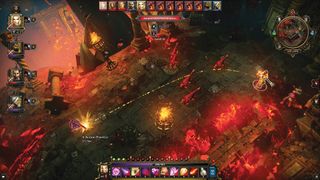
With this final shot at making the game that had been looming over him for so many years, Vincke did everything he could to make it happen. Even with the investments and the Kickstarter, things were tight, and as the launch date was hurtling towards him, he even stopped paying VAT, just to try to keep development going for an extra month. The bank decided not to extend its loan, prompting Vincke to once again search for help until he found, as he puts it, "the one banker in the entire country that was willing to give me money". This was two months before the game was finished.
But the risks and the desperate attempts to keep development afloat paid off. Divinity: Original Sin became Larian's fastest-selling game and within a few months it had sold 500,000 copies. "It wasn't perfect, but it had a lot of heart and soul, and I think people recognised this. We were lucky. It could have not paid off. All it would have taken would have been a big save game bug or a few bad reviews!"
Original Sin represented a breakthrough for Larian. Most of its games had sold well, usually over a million copies, but Vincke now realises that it was a success that was never capitalised on. "We never got access to the profits because we were always in such a weak negotiating position. We were begging for money, essentially. We were the beggars of Belgium. It was really tough financing game development, so once we managed to get that break with the Dragon Knight Saga and then Dragon Commander and Original Sin, it made a big difference."
Achieving divinity
Since Divinity: Original Sin's launch, Larian's thrived rather than just survived. Original Sin was quickly followed up by the Enhanced Edition, which saw the game released on consoles with controller support, along with a richer endgame, a more fleshed-out narrative and tweaked combat for all platforms. And just last year, Larian released Divinity: Original Sin II, expanding on just about everything established in the first game.
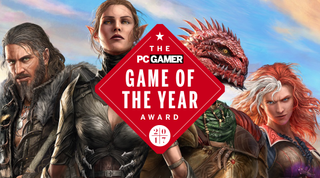
"It was a big leap from the first Original Sin. That was made by 35 or 40 people, and Original Sin II was made by 130. The production values went up tremendously as well. But it all came from being in charge of our own destiny, and not being at the whims of a development director who doesn’t understand what we’re doing, or a producer somewhere.
“We made a lot of mistakes, so I’m not going to blame these people who were trying to protect their investments. Larian is a company where iteration is very important, so we have to be able to try things multiple times before we feel how it’s going to be good, and then we’ve got to finish and polish it. That was always a big problem."
Even a power outage during the day of launch didn’t seem to faze the studio, and Original Sin II has gone on to be its most popular title yet. It’s safe to say that Larian has well and truly hit its stride.

Fraser is the UK online editor and has actually met The Internet in person. With over a decade of experience, he's been around the block a few times, serving as a freelancer, news editor and prolific reviewer. Strategy games have been a 30-year-long obsession, from tiny RTSs to sprawling political sims, and he never turns down the chance to rave about Total War or Crusader Kings. He's also been known to set up shop in the latest MMO and likes to wind down with an endlessly deep, systemic RPG. These days, when he's not editing, he can usually be found writing features that are 1,000 words too long or talking about his dog.
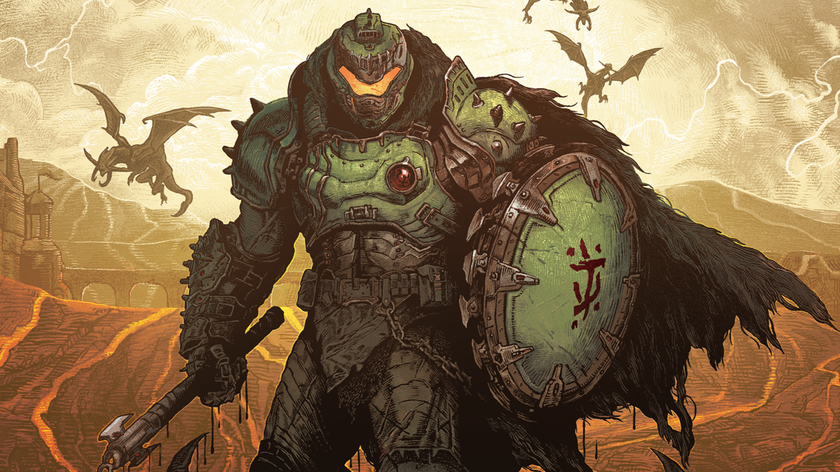
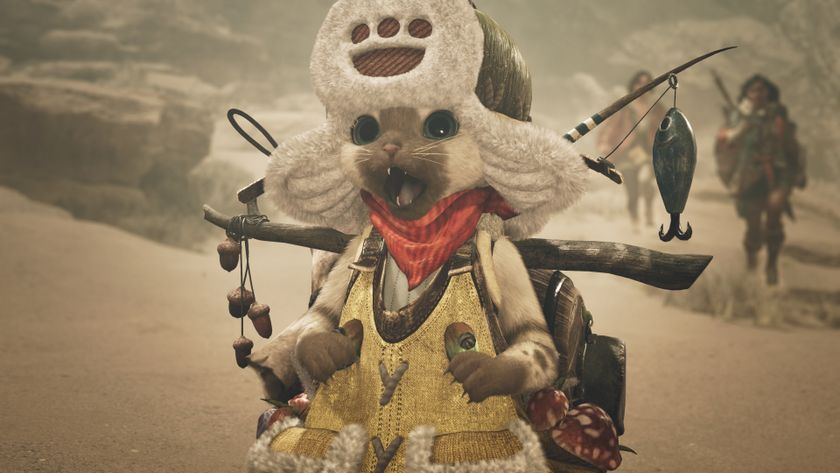
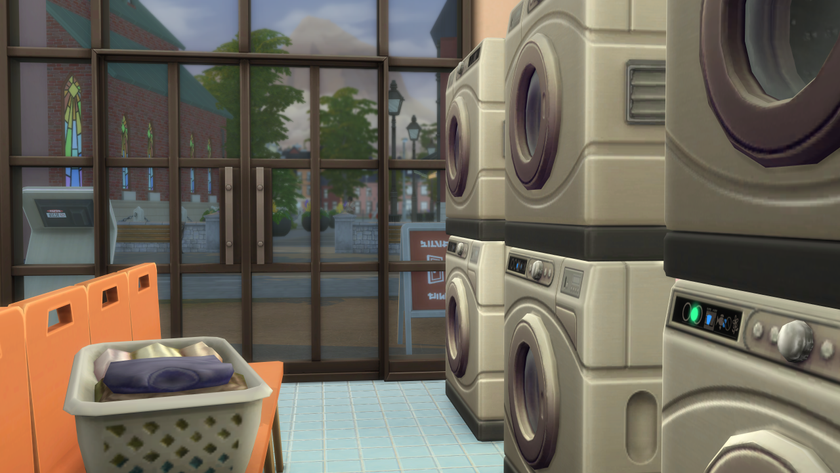
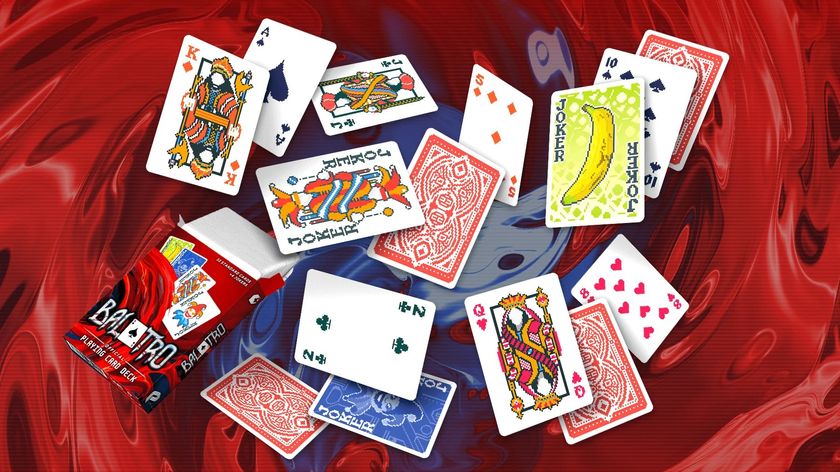
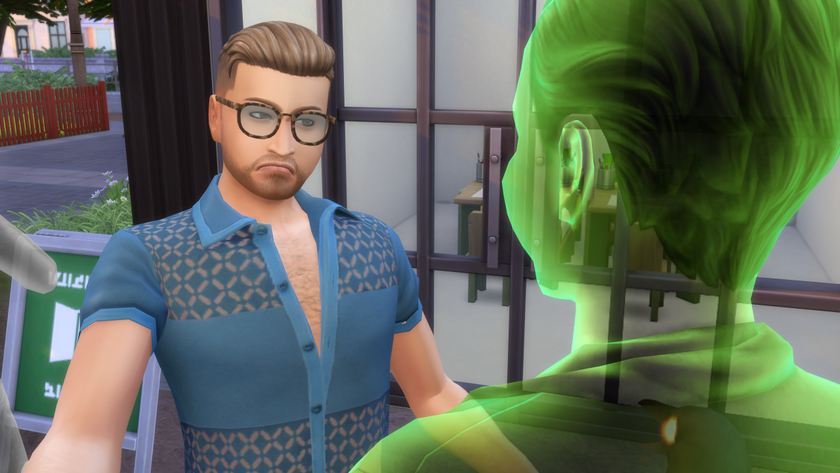
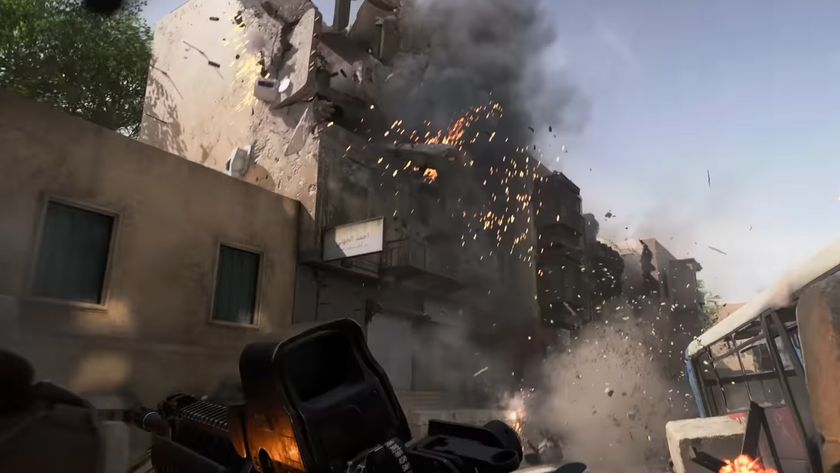

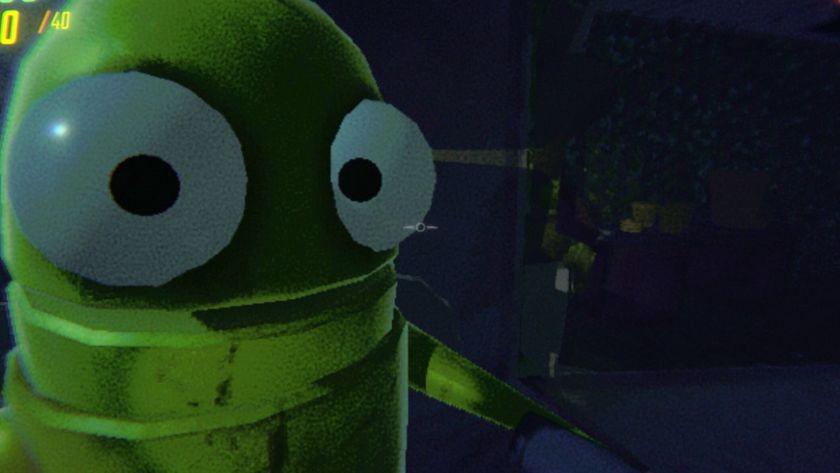
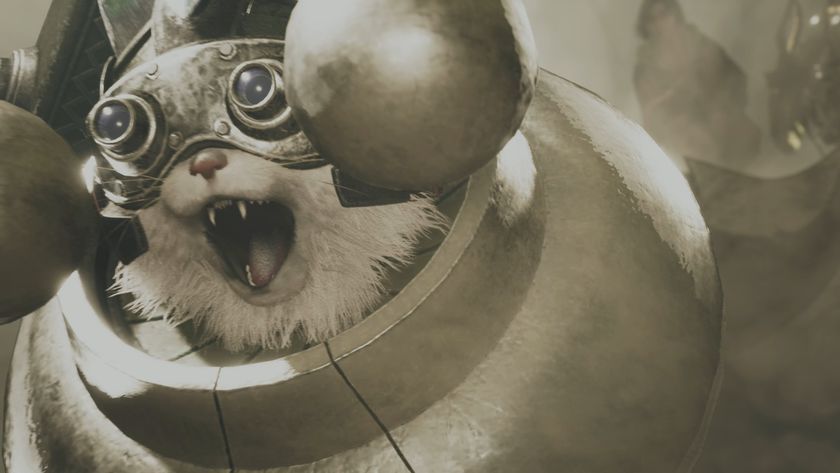

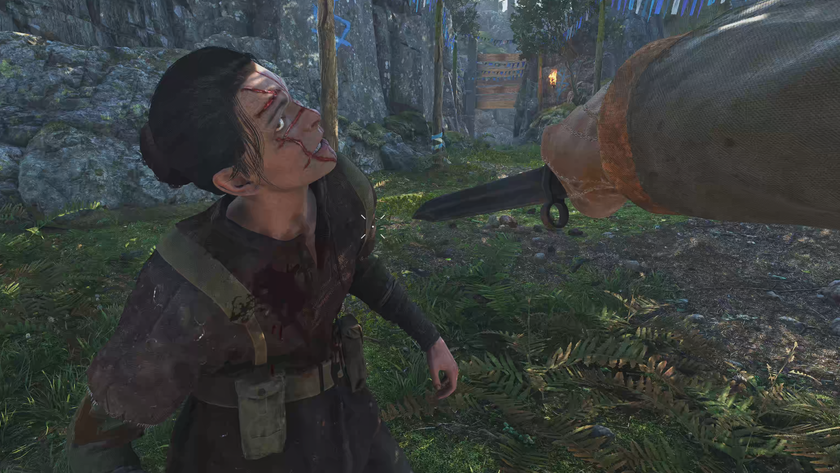
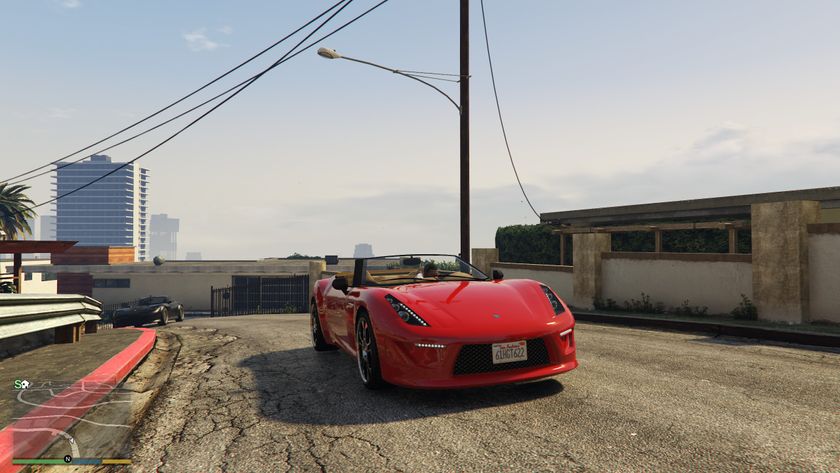

The best part of The Sims 4 Businesses & Hobbies expansion is just coming up with fun small business ideas

The sickest gun from Doom: The Dark Ages' trailer is called the 'Skullcrusher' and does such horrible things to demons, the game's lead dev boasts id has 'the best gore in the industry'
